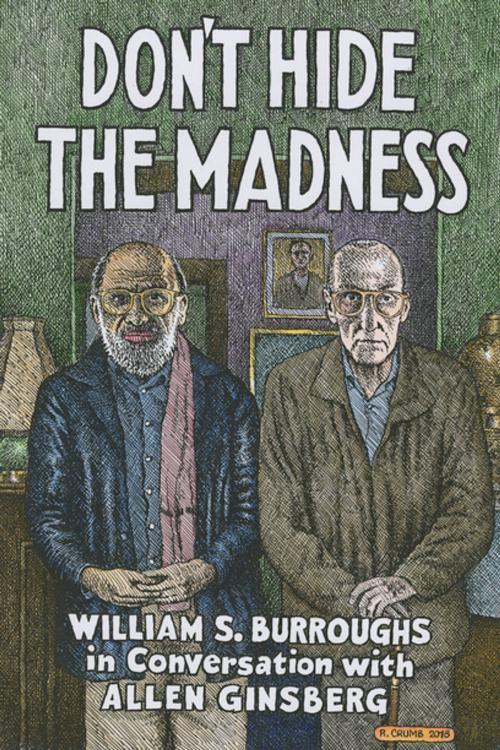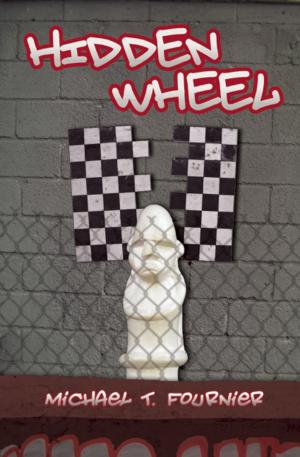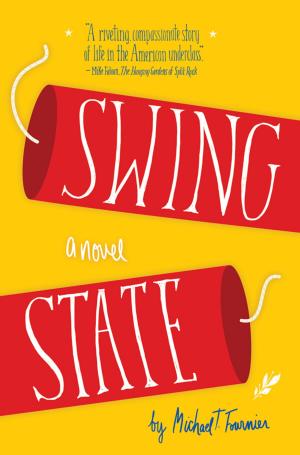Don't Hide the Madness
William S. Burroughs in Conversation with Allen Ginsberg
Biography & Memoir, Artists, Architects & Photographers, Nonfiction, Art & Architecture, Fiction & Literature, Literary| Author: | William S. Burroughs, Allen Ginsberg | ISBN: | 9781941110713 |
| Publisher: | Three Rooms Press | Publication: | October 16, 2018 |
| Imprint: | Three Rooms Press | Language: | English |
| Author: | William S. Burroughs, Allen Ginsberg |
| ISBN: | 9781941110713 |
| Publisher: | Three Rooms Press |
| Publication: | October 16, 2018 |
| Imprint: | Three Rooms Press |
| Language: | English |
Two seminal figures of the Beat movement, Allen Ginsberg and William S. Burroughs, discuss literary influences and personal history in a never-before-published three-day conversation following the release of the David Cronenberg film adaptation of Burroughs’ revolutionary novel Naked Lunch. The visit coincided with the shamanic exorcism of the demon that Burroughs believed had caused him to fatally shoot his common law wife, Joan Vollmer Burroughs, in 1951—the event that Burroughs believed had driven his work as a writer. The conversation is interspersed with 17 photographs taken by Ginsberg revealing Burroughs’s daily activities from his painting studio to the shooting range. DON'T HIDE THE MADNESS presents and important, hitherto unpublished primary document of the Beat Generation.
Two seminal figures of the Beat movement, Allen Ginsberg and William S. Burroughs, discuss literary influences and personal history in a never-before-published three-day conversation following the release of the David Cronenberg film adaptation of Burroughs’ revolutionary novel Naked Lunch. The visit coincided with the shamanic exorcism of the demon that Burroughs believed had caused him to fatally shoot his common law wife, Joan Vollmer Burroughs, in 1951—the event that Burroughs believed had driven his work as a writer. The conversation is interspersed with 17 photographs taken by Ginsberg revealing Burroughs’s daily activities from his painting studio to the shooting range. DON'T HIDE THE MADNESS presents and important, hitherto unpublished primary document of the Beat Generation.















